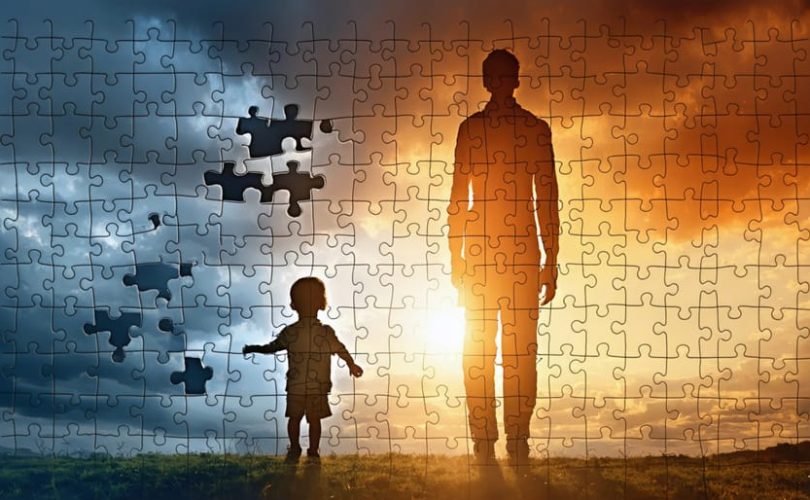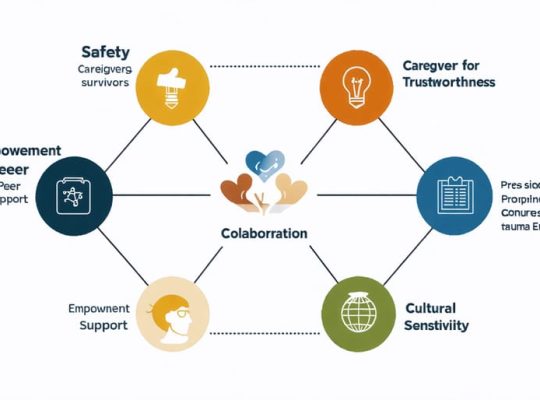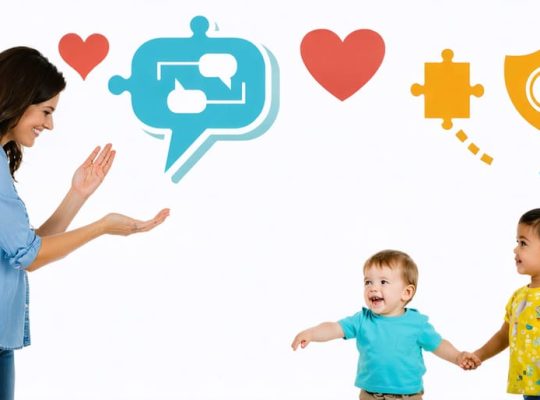Childhood trauma casts a long shadow, shaping not just our early years but the entire trajectory of our lives. Recent research reveals that adverse childhood experiences (ACEs) – from abuse and neglect to household dysfunction – create lasting imprints on both mind and body, fundamentally altering how we respond to stress, form relationships, and navigate daily life well into adulthood.
Understanding these effects isn’t just academic – it’s crucial for breaking cycles of trauma and fostering resilience in the next generation. When children experience trauma, their developing brains adapt to survive, creating patterns that once protected them but may later become barriers to healthy functioning. These adaptations can manifest in various ways: difficulty trusting others, challenges in emotional regulation, increased risk of mental health issues, and even physical health problems decades later.
Yet within this sobering reality lies hope. Our growing understanding of trauma’s impact has led to breakthrough treatments and support strategies. Through early intervention, therapeutic approaches, and informed care, we can help children process their experiences and develop the tools they need to thrive. This journey of healing begins with awareness – recognizing how past experiences shape present challenges, and understanding that with proper support, transformation is possible.
Understanding Childhood Trauma
Types of Childhood Trauma
Childhood trauma can take many forms, each leaving its unique impact on a child’s developing mind and emotional well-being. Physical abuse, including hitting, burning, or other forms of bodily harm, represents one of the most direct forms of trauma. Emotional abuse, though less visible, can be equally damaging, involving constant criticism, threats, or manipulation. Sexual abuse, particularly devastating, affects both physical and psychological safety.
Neglect, another significant form of trauma, occurs when caregivers fail to provide essential needs like food, shelter, medical care, or emotional support. Children may also experience trauma from witnessing domestic violence or experiencing secondary and vicarious trauma through exposure to others’ traumatic experiences.
Household dysfunction, including parental substance abuse, mental illness, or incarceration, can create ongoing traumatic environments. Community violence, natural disasters, and sudden loss of loved ones are additional sources of childhood trauma. Understanding these different types helps caregivers and professionals provide appropriate support and intervention strategies, recognizing that each child’s experience is unique and deserves individualized care and attention.
How Children Process Trauma
Children process trauma differently from adults due to their developing brains and limited life experience. When faced with traumatic events, children often lack the vocabulary to express their feelings and may instead communicate through behavioral changes or physical symptoms.
Young children might respond to trauma through regression, returning to earlier developmental stages. This could mean bed-wetting, thumb-sucking, or becoming unusually clingy with caregivers. Older children might express their distress through aggressive behavior, withdrawal from social activities, or changes in academic performance.
Children’s brains are remarkably adaptable, creating coping mechanisms to deal with traumatic experiences. While some of these mechanisms help them survive difficult situations in the short term, they can develop into challenging patterns later in life. For instance, a child might become hypervigilant, always watching for danger, or develop people-pleasing behaviors to avoid conflict.
The way children process trauma is also heavily influenced by their support system. When caregivers provide consistent, nurturing responses to a child’s trauma reactions, it can significantly impact their healing journey and future resilience.
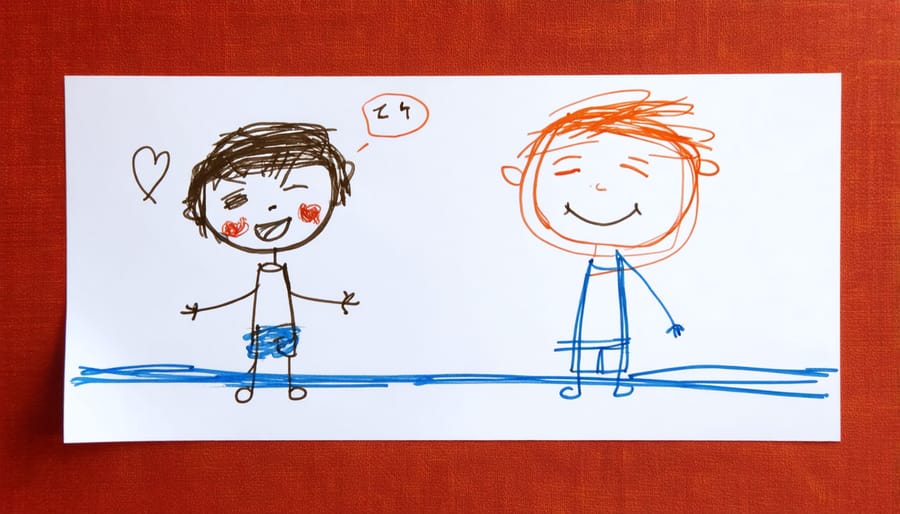
Long-Term Mental Health Effects
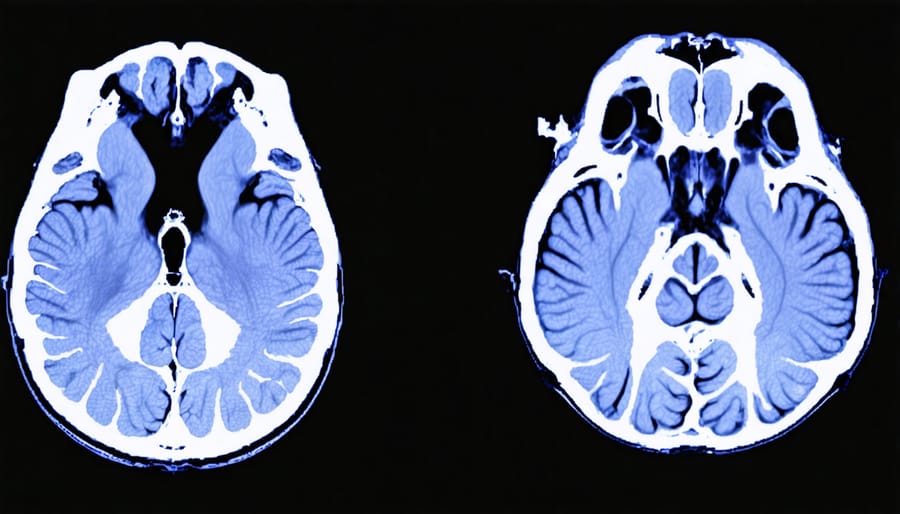
Emotional and Behavioral Impact
Childhood trauma can leave deep emotional scars that often persist into adulthood, manifesting in various hidden ways trauma affects adults. Common emotional challenges include anxiety, which may appear as constant worry, fear of new situations, or panic attacks. Depression is another frequent outcome, where individuals struggle with persistent sadness, low self-worth, and difficulty finding joy in daily activities.
Post-traumatic stress disorder (PTSD) can develop, causing flashbacks, nightmares, and intense emotional reactions to trauma-related triggers. Children who experience trauma often develop trust issues and struggle with forming healthy relationships. They might become hypervigilant, always on alert for potential threats, or withdraw from social interactions altogether.
Many survivors experience difficulty regulating their emotions, swinging between intense feelings or struggling to express themselves appropriately. This can lead to behavioral challenges such as aggressive outbursts, self-isolation, or risk-taking behaviors. Some children might develop perfectionist tendencies as a way to maintain control, while others might struggle with self-destructive behaviors.
It’s important to remember that these responses are normal reactions to abnormal situations. With proper support and intervention, children can develop healthy coping mechanisms and emotional resilience. Professional help, combined with a strong support system, can make a significant difference in managing these emotional challenges.
Relationship and Social Effects
Childhood trauma can significantly impact how individuals form and maintain relationships throughout their lives. Children who experience trauma often develop difficulties with trust, emotional intimacy, and social connections. As Dr. Sarah Thompson, a child psychologist, explains, “These children learn early on that the world isn’t always safe, which can make forming close relationships challenging later in life.”
Many survivors of childhood trauma struggle with maintaining healthy boundaries in relationships. They might either become overly dependent on others or push people away to protect themselves from potential hurt. This pattern often extends into adult relationships, affecting both romantic partnerships and friendships.
Social interactions can feel overwhelming for those who experienced early trauma. They may have trouble reading social cues, managing conflicts, or expressing their emotions effectively. Some individuals might find themselves repeatedly drawn to unhealthy relationships that mirror their early traumatic experiences.
However, healing is possible. With support and proper guidance, trauma survivors can learn to build healthy, lasting relationships. Many find success through therapy, support groups, and developing strong emotional awareness. As one survivor shares, “Learning to trust again was difficult, but with patience and the right support system, I’ve finally found meaningful connections in my life.”
Understanding these relationship challenges is crucial for creating supportive environments where trauma survivors can develop secure, healthy attachments and break the cycle of relationship difficulties.
Physical Health Connections
Research consistently shows that childhood trauma can have profound effects on physical health well into adulthood. Dr. Sarah Chen, a pediatric trauma specialist, explains, “The body keeps score of early life experiences, and traumatic stress can literally get under the skin, affecting multiple body systems.”
Children who experience trauma often show higher rates of chronic health conditions later in life. These include cardiovascular problems, autoimmune disorders, and chronic pain conditions. The stress response system, when repeatedly activated during childhood, can become dysregulated, leading to inflammation throughout the body.
Maria, a childhood trauma survivor, shares, “For years, I didn’t connect my persistent headaches and digestive issues with my early experiences. Understanding this link has been crucial for my healing journey.”
Studies have found that individuals with adverse childhood experiences (ACEs) are more likely to develop:
– Obesity and eating disorders
– Diabetes
– Respiratory problems
– Sleep disorders
– Gastrointestinal issues
The good news is that early intervention and proper support can help mitigate these physical health risks. Regular medical check-ups, stress-reduction techniques, and trauma-informed healthcare can make a significant difference. Working with healthcare providers who understand the connection between childhood trauma and physical health is essential for comprehensive treatment and prevention of long-term health complications.
Breaking the Cycle
Recognizing the Signs
Recognizing trauma symptoms in children requires careful observation and understanding. Children may not always verbalize their distress, but their behaviors often tell a deeper story. Watch for sudden changes in sleeping patterns, including nightmares or difficulty falling asleep. Unexplained physical complaints like stomachaches or headaches can also signal emotional distress.
Pay attention to behavioral changes such as increased aggression, withdrawal from favorite activities, or difficulty concentrating in school. Some children might become unusually clingy or show regression in previously mastered skills, like bedwetting. Extreme reactions to everyday situations, like loud noises or unexpected touch, could indicate trauma response.
Academic performance might suffer, and relationships with peers may become strained. Look for signs of emotional dysregulation – rapid mood swings, intense anger outbursts, or becoming easily overwhelmed by minor challenges.
Remember, every child processes trauma differently. What might be obvious in one child could be subtle in another. If you notice persistent changes in your child’s behavior or emotional state lasting more than a few weeks, consider reaching out to a mental health professional who specializes in childhood trauma.
Treatment Approaches
The journey to healing from childhood trauma often requires a multi-faceted approach, combining various therapeutic methods to address both emotional and physical symptoms. Evidence-based intervention strategies have shown remarkable success in helping survivors process their experiences and develop healthy coping mechanisms.
Cognitive Behavioral Therapy (CBT) remains one of the most effective treatments, helping individuals identify and change negative thought patterns stemming from traumatic experiences. Through CBT, survivors learn to challenge distorted beliefs and develop more balanced perspectives about themselves and their experiences.
Eye Movement Desensitization and Reprocessing (EMDR) has also proven particularly effective for trauma survivors. This approach helps the brain reprocess traumatic memories, reducing their emotional impact while maintaining the important lessons learned from these experiences.
Play therapy offers younger children a safe space to express their feelings and work through trauma using age-appropriate methods. This approach allows therapists to connect with children through their natural language of play, making the healing process more accessible and less intimidating.
Family therapy often plays a crucial role, as healing from childhood trauma typically requires support from the entire family unit. This approach helps improve communication, rebuild trust, and create a more supportive home environment.
Body-based therapies, such as art therapy and movement therapy, can help individuals reconnect with their bodies and express emotions that might be difficult to verbalize. These approaches acknowledge the physical impact of trauma and provide alternative pathways to healing.
Remember, there’s no one-size-fits-all approach to trauma treatment. The most effective treatment plans are typically personalized, taking into account the individual’s specific experiences, needs, and circumstances.
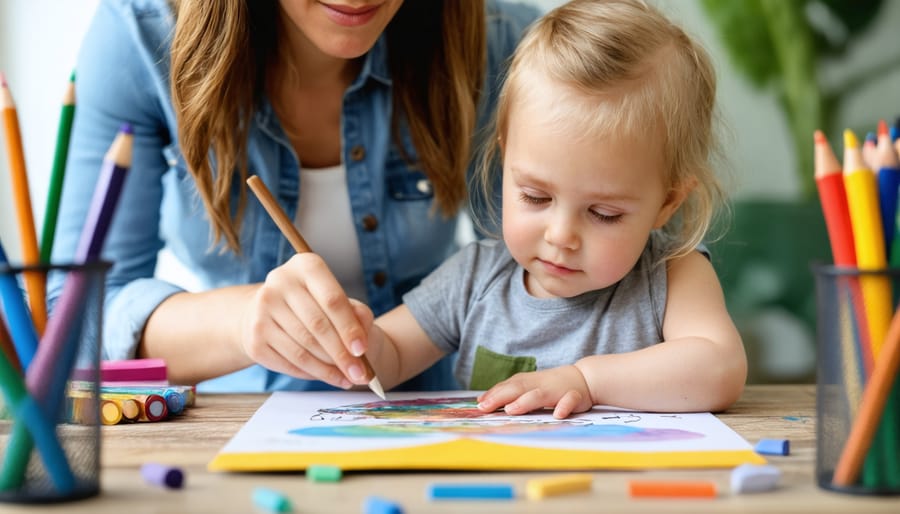
Supporting Recovery
Supporting a child through trauma recovery requires patience, consistency, and a well-rounded approach. Creating a safe and stable environment is crucial – this means maintaining predictable routines and offering unconditional emotional support. Children need to know they can count on trusted adults to be there for them, even during difficult moments.
Professional help plays a vital role in recovery. Working with trauma-informed therapists can provide children with essential coping strategies and help them process their experiences. These specialists can also guide parents and caregivers in understanding and responding to trauma-related behaviors.
Encouraging healthy expression of emotions is key. Provide various outlets for children to share their feelings, whether through art, play, writing, or conversation. Remember that healing isn’t linear – some days will be harder than others, and that’s perfectly normal.
Building a support network is invaluable. This might include family members, teachers, counselors, and healthcare providers who understand mental health crisis techniques. When everyone works together, it creates a stronger safety net for the child.
Physical well-being also supports emotional healing. Ensure children get adequate sleep, nutritious meals, and regular physical activity. These basic needs form the foundation for emotional resilience and recovery.
Most importantly, maintain hope and celebrate small victories. Every step forward, no matter how tiny, is progress worth acknowledging in the healing journey.
While the impacts of childhood trauma can be profound and far-reaching, it’s crucial to remember that healing and recovery are always possible. Research consistently shows that children possess remarkable resilience and adaptability, especially when provided with proper support and intervention. The human brain maintains its plasticity throughout life, meaning that positive changes can occur at any stage, though early intervention typically yields the best outcomes.
Many survivors of childhood trauma go on to lead fulfilling, successful lives, particularly when they receive appropriate care and support. The key lies in recognizing the signs early and taking action. Parents, caregivers, and educators play vital roles in creating safe, nurturing environments that promote healing and healthy development.
Remember that seeking help is a sign of strength, not weakness. Professional support, whether through therapy, counseling, or specialized trauma programs, can provide children and families with effective tools for managing trauma’s effects. Many treatment approaches, such as trauma-focused cognitive behavioral therapy, have shown remarkable success rates in helping children process their experiences and develop healthy coping mechanisms.
Communities are increasingly recognizing the importance of trauma-informed care, with more schools, healthcare facilities, and social services adopting approaches that consider the impact of early life experiences. This shift represents a growing understanding of trauma’s effects and a commitment to supporting affected children and families.
As we continue to learn more about childhood trauma and its effects, we’re better equipped than ever to help children heal and thrive. Every step taken toward healing, no matter how small, is significant. With proper support, understanding, and intervention, children affected by trauma can develop strong foundations for emotional health and well-being.
The journey of healing from childhood trauma may be challenging, but it’s important to maintain hope and remember that positive change is always possible. By working together – families, professionals, and communities – we can create environments that support recovery and help children build brighter futures.

